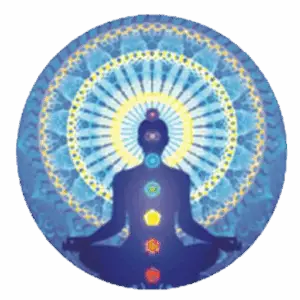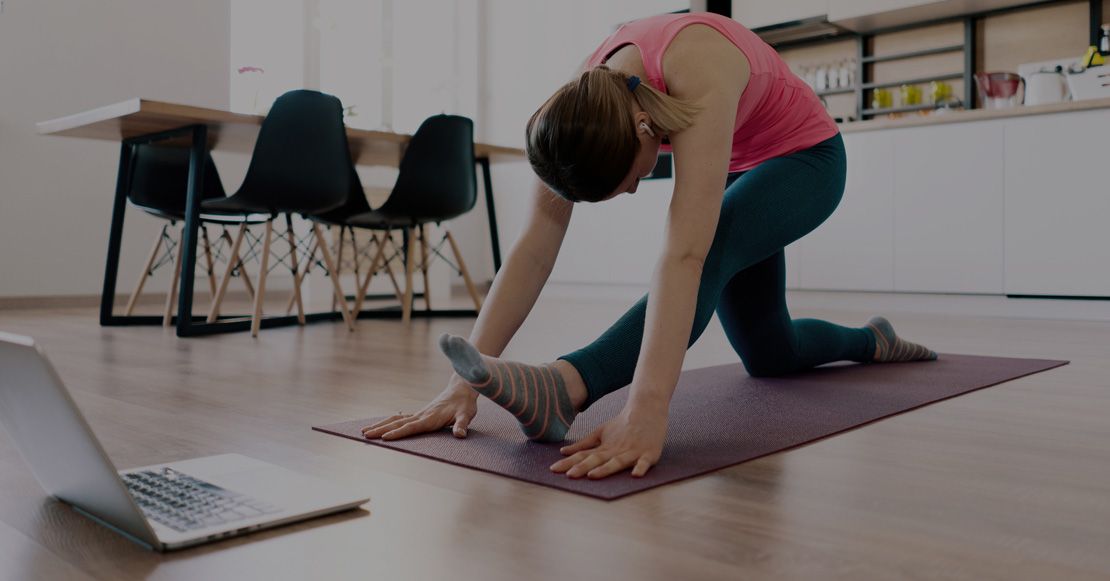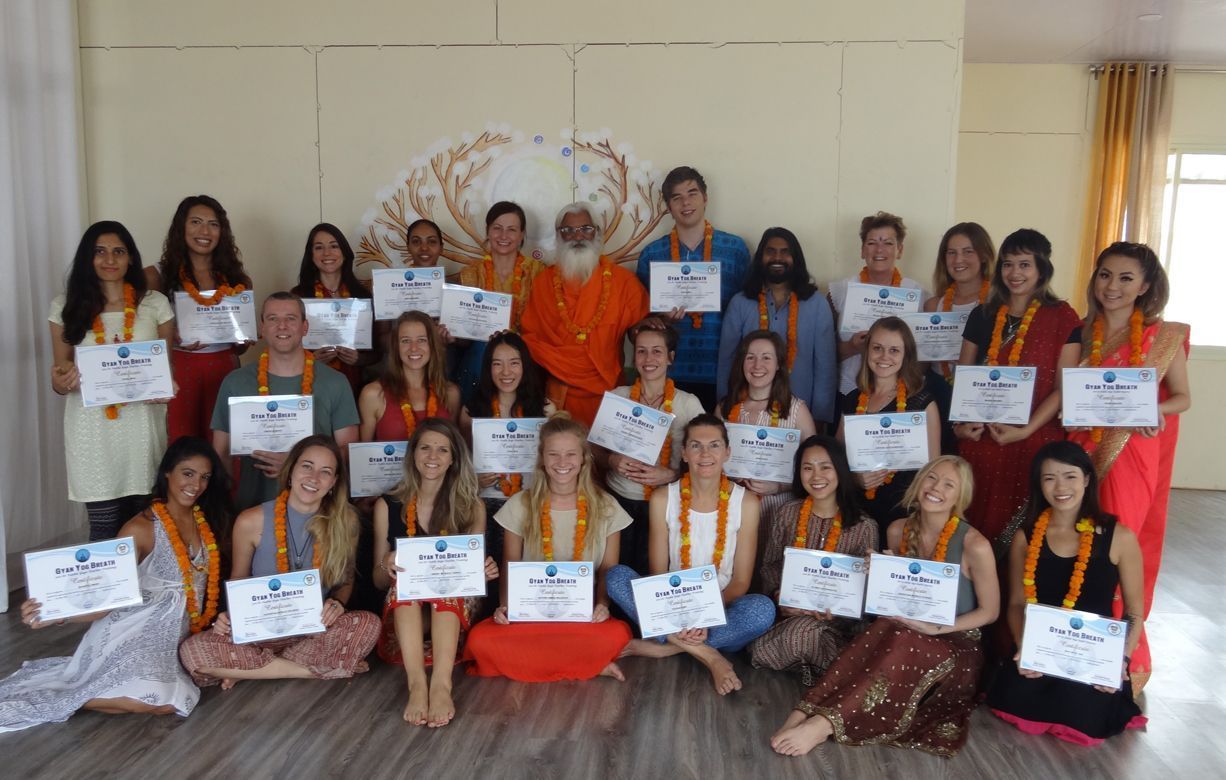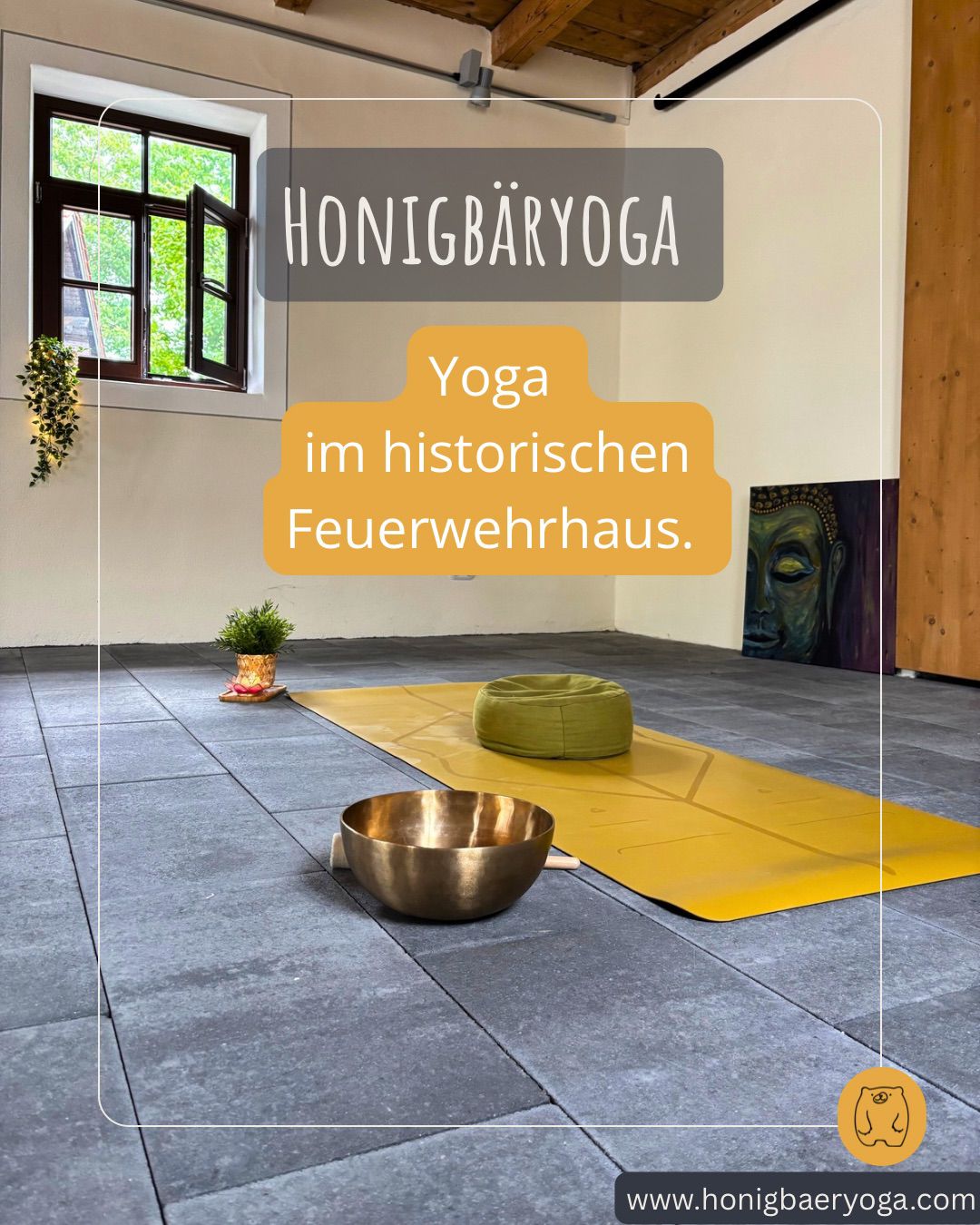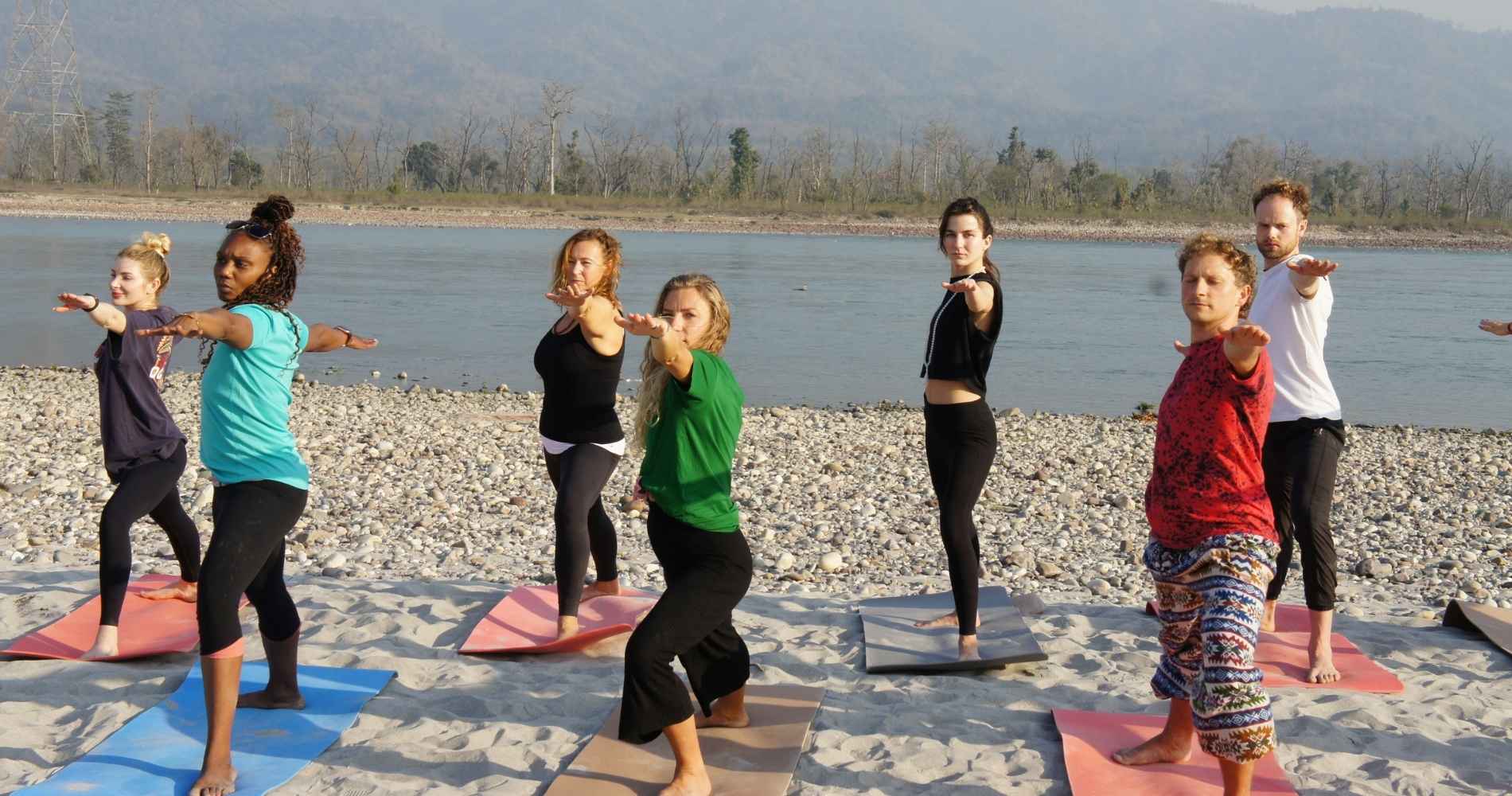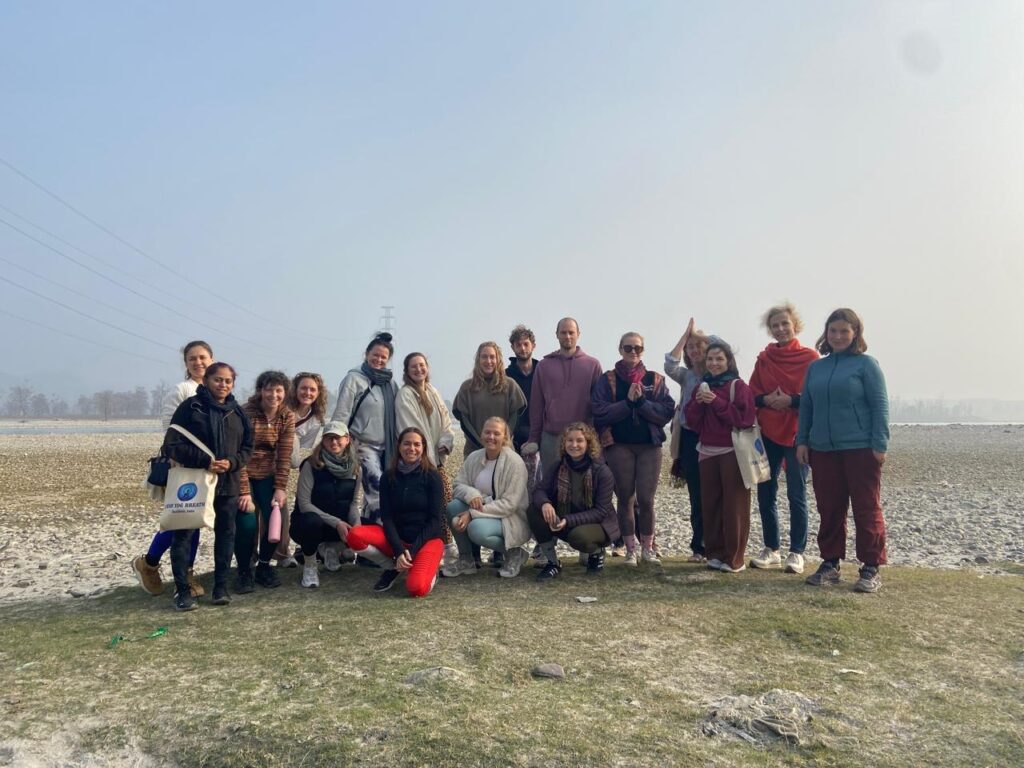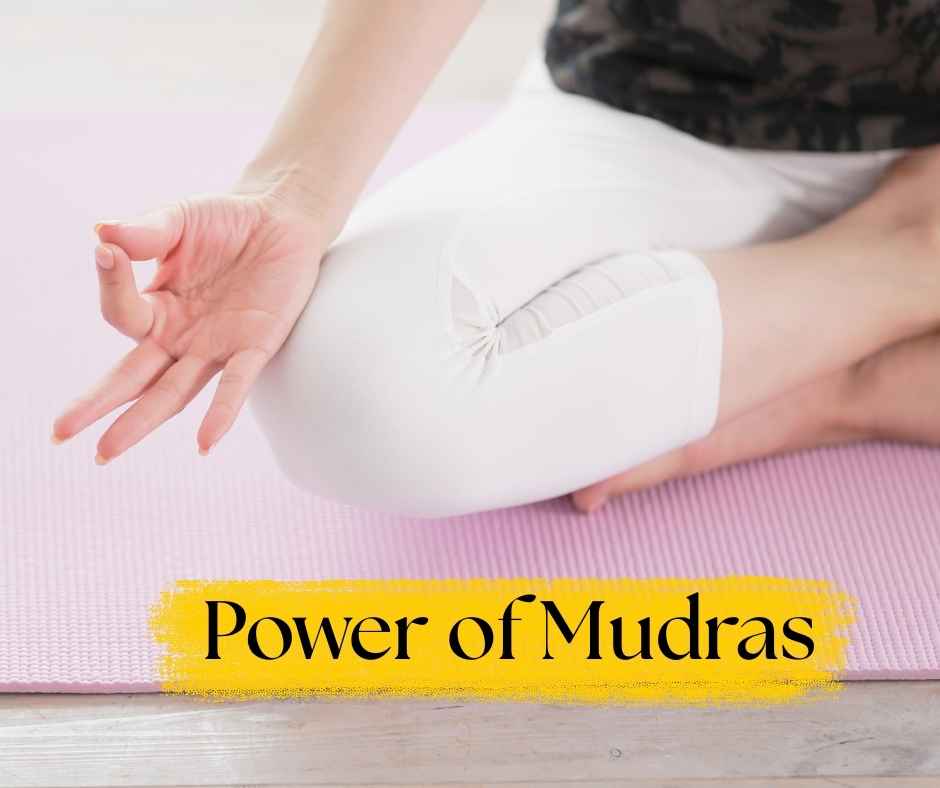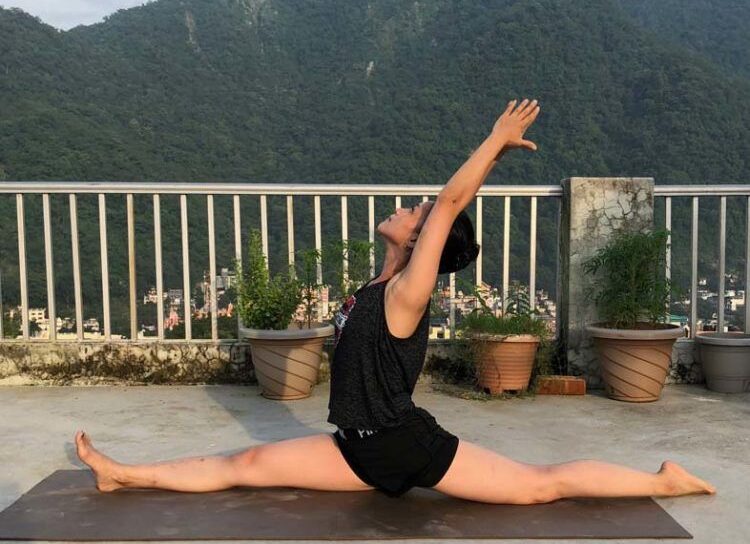
Yoga, meaning ‘unity’, is a spiritual and physical discipline deriving from Ancient India. Yoga in the West is widely known for its physical and mental benefits by adopting specific postures ‘asanas’ which increase flexibility and strength alongside gaining mental clarity and improving concentration. The traditional practice of yoga, however, is made up of many different aspects such as breath control ‘pranayama’, meditation and bodily cleansing ‘shatkarma’ alongside the physical postures more commonly used as a form of exercise in the west.
These physical postures alongside meditation are not only an excellent way of keeping physically healthy but also provide a way to relieve stress and anxiety. Asanas can be used to help achieve a healthy mind and body, allowing the mind to solely concentrate on the posture as well as releasing tension and negativity kept within the body. The practice of pranayama’s relieves anxiety and stress by taking attention to your breath and freeing the mind of unnecessary negative thoughts that cause stress anxiety. For centuries Meditation has been used to bring awareness of the mind and our own thoughts, and providing a way to relax the mind and give a sense of peace. Whilst studying law at university I often felt overwhelmed with anxiety and pressure.
Yoga allowed me to release all my inhibitions and was the perfect way for my body to alleviate the stress and bad energy trapped inside, as well as allowing me to gain mental clarity and concentrate on my self and see beyond my concerns during my degree. This essay will analyse and discuss the ways in which yoga and meditation provides a way to overcome stress and anxiety, and the asanas and techniques best used when doing so.
Three Asanas to help overcome stress and anxiety.
1. Child’s pose:
Child’s pose is mostly used to release and rest between poses, where both arms are extended and chest is placed on your matt, whilst your buttocks pushes back onto two bent knees. This pose comforts symptoms of anxiety by allowing the mind to relax and feel comforted by an easy yet affective stretch. I find that this pose draws my mind inwards and gives me a sense of grounding and self- gratitude. This pose also physically releases tension in the back neck and shoulders. Which are common areas that people hold stress.
2. Marjariasana (Cat pose):
The cat pose is one of the most common poses used within western yoga, often done in a sequence of cat/cow poses. Cat pose is performed on all fours, bending the spine upwards and pushing your stomach inwards and gazing towards your stomach. This pose releases stress throughout the spine, as well as the neck and shoulders. This pose is great for centering the mind, as it allows us to inhale and exhale throughout each cat/cow transition, breathing out all the bad energy and toxins we may be containing within our body.
3. Adho Mukha Svansana (Downward facing dog):
Downward-facing dog is another commonly used pose within yoga across the world. This simple pose works on mostly every single part of our body, releasing tension held within the calves, hamstrings, as well as the back and shoulders. The exhaling belonging to this pose creates a feeling of breathing out any stress and anxiety. This pose requires both hands and feet to be firmly placed on the floor, giving a sense of grounding and connection to the earth.
Shitali Pranayama.
Taking attention to the breath can free the mind of unnecessary bad thoughts and energy that causes us to be overwhelmed by stress and anxiety. The cooling pranayama exercise called shitali (where your inhale through an O shape made by your tongue, and exhale through your nose), is an excellent way of overcoming anxiety. Ten rounds of this breathing exercise will cool the body and relax the muscles. This exercise also reduces mental and emotional blockages and helps to gain overall mental clarity.
Since the 1970’s Western cultures began to discover how the practice of Yoga and meditation could be used to relieve symptoms of anxiety and stress. Although Western medical literature has not deeply researched these methods, the practice of yoga and meditation as a release from stress and anxiety in western society has become increasingly popular in recent years, and is the best way for me to deal with these issues.
About the author:
Lucy lives in the UK and recently finished her Law Degree. After University, she decided to travel to India to gain deeper insights about yoga and spirituality. She has completed her 200 Hour Yoga Teacher Training at Gyan Yog Breath in Rishikesh, India. You can watch her video about the yoga teacher training and overall experience here.
